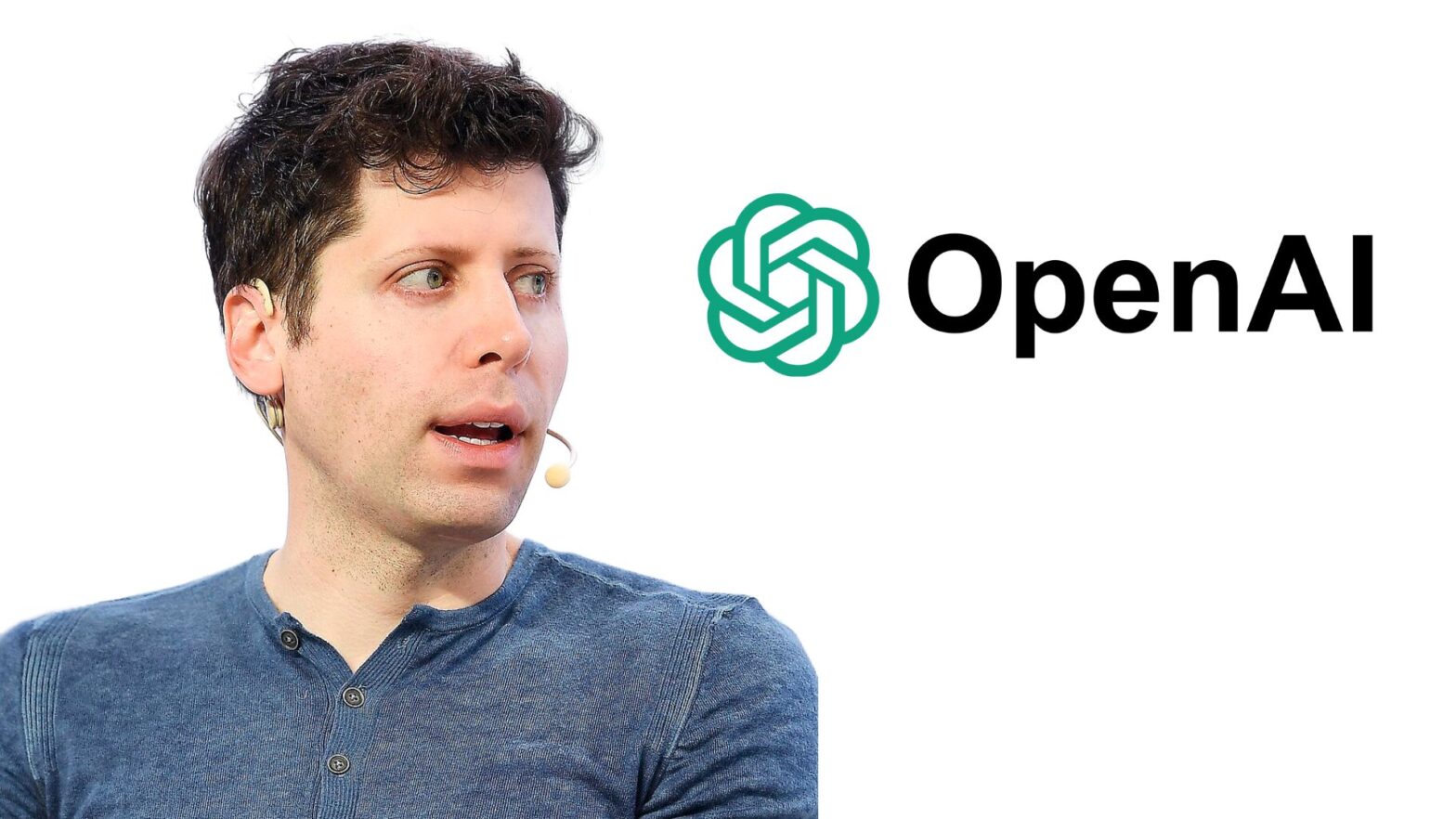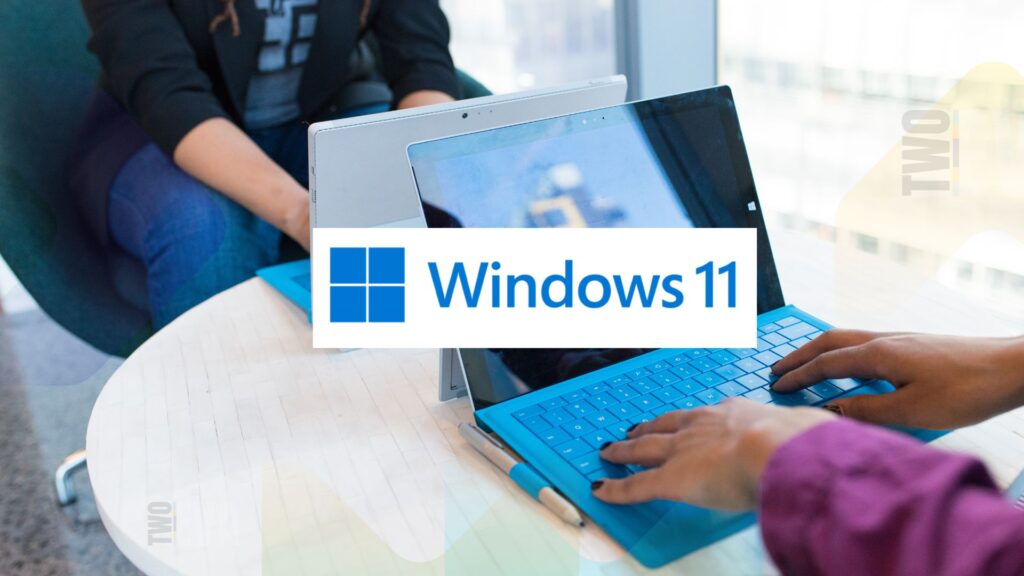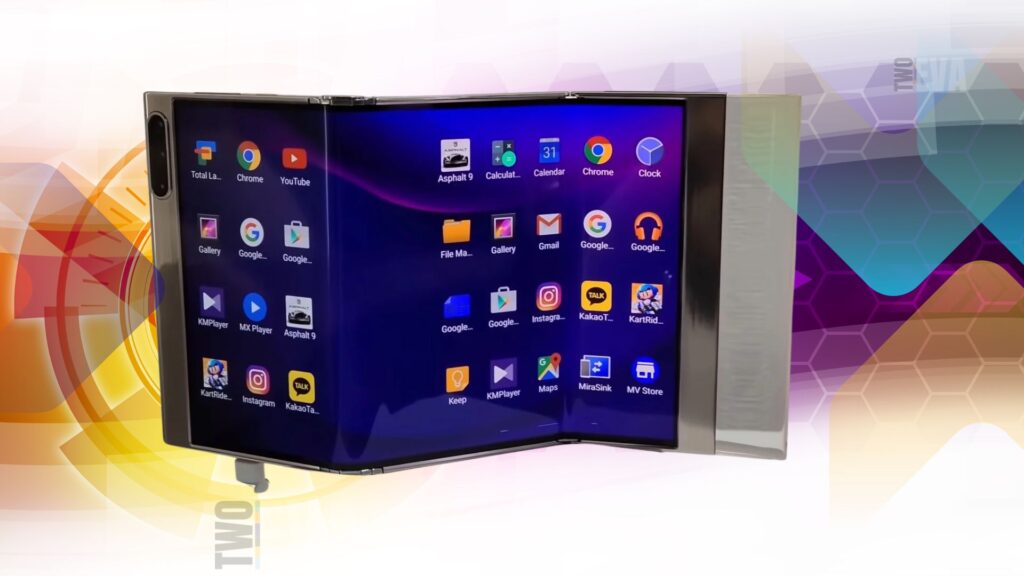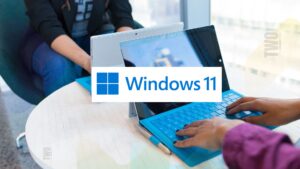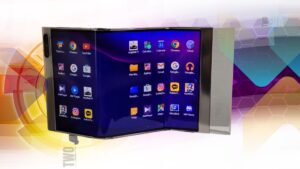In a significant move that signals OpenAI’s ambitious expansion beyond software, the artificial intelligence powerhouse has filed a trademark application with the U.S. Patent and Trademark Office for a range of AI-powered hardware products. This development comes amid reports of the company engaging in talks to raise up to $40 billion in fresh funding, potentially valuing the company between $300 billion and $340 billion.
Trademark Filing Details
The trademark application reveals plans for an extensive lineup of consumer-focused AI devices, including:
- AI-powered smartwatches
- Smart jewelry
- Augmented reality glasses
- Virtual reality headsets
- Headphones and remote controls
- Laptop and phone cases
Humanoid Robots and Custom Hardware
Beyond wearables, the filing also outlines plans for user-programmable humanoid robots equipped with communication and learning capabilities. This initiative is being spearheaded by OpenAI’s newly formed robotics division, led by former Meta hardware executive Caitlin Kalinowski. The company appears to be positioning itself to compete with established players like Tesla and Boston Dynamics in the humanoid robotics space.
Financial Context and Strategic Expansion
The timing of this trademark filing alongside OpenAI‘s massive funding pursuit is noteworthy. The company reported losses of approximately $5 billion in 2024, despite generating $3.7 billion in revenue. SoftBank is expected to lead the new funding round with an investment between $15-25 billion, potentially becoming OpenAI’s largest investor, surpassing Microsoft.
Key Investment Allocations:
| Initiative | Description |
|---|---|
| Stargate Project | AI-focused data centers across the U.S. |
| Custom AI Chips | Partnership with TSMC and Broadcom |
| Hardware Development | Consumer devices and robotics |
| Quantum Computing | AI model optimization research |
Competitive Landscape
This expansion comes at a crucial time for OpenAI, as competition intensifies in the AI sector. Chinese rival DeepSeek recently launched an AI model claiming comparable performance to OpenAI’s offerings while using fewer Nvidia chips. This development may have influenced OpenAI’s decision to pursue custom chip development, with plans to bring proprietary AI processors to market by 2026.
While CEO Sam Altman has confirmed partnerships with multiple companies for hardware development, including former Apple designer Jony Ive, he has cautioned that even prototypes could take “several years” to complete. The substantial funding being sought appears strategically aligned with these hardware ambitions, suggesting a long-term commitment to transforming OpenAI from a pure software company into an integrated AI technology provider.
The trademark filing also includes references to quantum computing services, indicating OpenAI’s interest in leveraging quantum resources for AI model optimization. This forward-looking approach could potentially address the rising computing costs associated with AI development, though specific plans in this area remain undefined.
As OpenAI navigates this ambitious expansion, the company faces ongoing regulatory scrutiny, particularly regarding its partnership with Microsoft, which is currently under EU antitrust investigation. The success of these hardware initiatives and the securing of additional funding will likely play crucial roles in determining OpenAI’s position in the evolving AI landscape.

